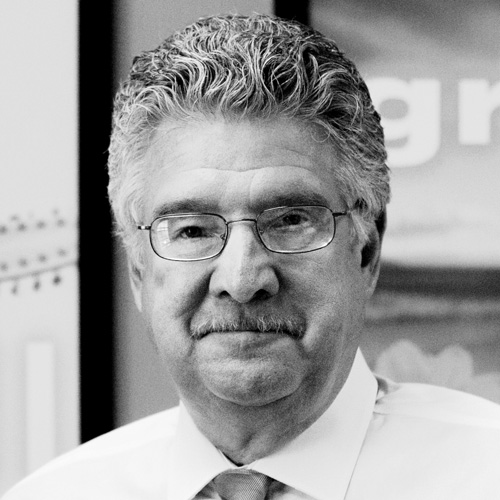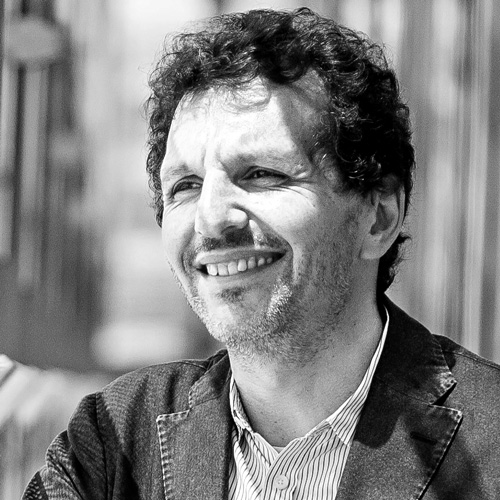Judith Haddad never thought of herself as an entrepreneur. She spent most of her career working as a technologist in the insurance industry, pushing her colleagues toward adopting new technology, most recently as executive vice president and chief information and technology officer at Patriot National.

But, then it was time for a change. After six years leading the IT department from within a major insurance company, Haddad was asked to lead Patriot Technology Solutions (PatTech) as a wholly owned subsidiary of an insurance services holding company.
“It has given me the opportunity to take a step back, take a blank piece of paper and draw this out from the beginning,” says Haddad, who is now president and chief information officer at the new company that provides technology products and solutions for insurance carriers. “Who are we? What do we want to be when we grow up? What is important to the organization? How can we mature and grow? It’s been a tremendous experience,” she says.
Starting from the ground up isn’t always easy, but Haddad says it is a model that works. “It’s a complex model, but in my opinion it’s a brilliant model,” Haddad says, referring to the technology company being created as a subsidiary of Patriot National, the Florida-based technology outsourcing and insurance services company.
“Too many times, projects fail because technology is not quite where it needs to be. There are all these challenges with technology in the insurance industry, so we are focused on providing turnkey solutions for our clients and making it easier for them to do business,” she says.
The corporate transition may be complete, but Haddad’s work to transform the tech world of the insurance industry is just getting started. She leads a team of more than 170 employees who are committed to innovation and finding new solutions for their clients. “We try to operate as an innovative think tank.” Data collection has also always been an integral part of the insurance industry, but Haddad is now focused on how to make that data sortable, easy to retrieve, and convenient for the industry to mine.
“People didn’t care whether I was male or female, they cared whether I knew what I was doing with technology. My career was never held back. There was never a glass ceiling.”
Most of the company’s plans are still under wraps, but Haddad shared that soon PatTech will be moving into the wearable technology space, which has become ubiquitous through the popularity of products like the Apple Watch and FitBit.
“We look at how we can take some of the new technology that people are already adapting and create products for our users based on that,” Haddad says.
One such example is a software application that helps insurers resolve worker’s compensation claims by using geomapping to find the closest investigator to the scene, real-time alerts to get in touch with employees related to the issue, and more.
No matter the medium, Haddad encourages her staff to think creatively about problems and possible solutions. “We take a step back and look at something we are very familiar with and look at it very differently, break all the nuances, break the mold, and then rebuild it,” she says. Keeping her team focused on the vision is important to their success. “A challenge is just making sure that everyone understands the goal and that everyone is able to see very clearly. They say that a vision without clarity is not a vision at all,” Haddad says.
The goal for PatTech, Haddad says, is to ultimately increase ease of use for the insurance industry and make it something that is simpler to understand and obtain as new generations learn about and need insurance.
Helping people better understand how things work—including the world of insurance—appeals to Haddad’s background in technology. As a woman in technology and insurance, Haddad says she has always worked hard to understand everything about the industry to make sure she would “always have a seat at the table and have a voice of authority.” And it has worked. “People didn’t care whether I was male or female, they cared whether I knew what I was doing with technology. My career was never held back; there was never a glass ceiling.”
Haddad can see endless possibilities available for the future of PatTech as well. “When you put business and technology together the power is there for anyone who can visualize where to take it,” she says. “Don’t get stuck in the past and don’t get stuck in the present. Focus on the future and what you are trying to achieve and you can get there.”















